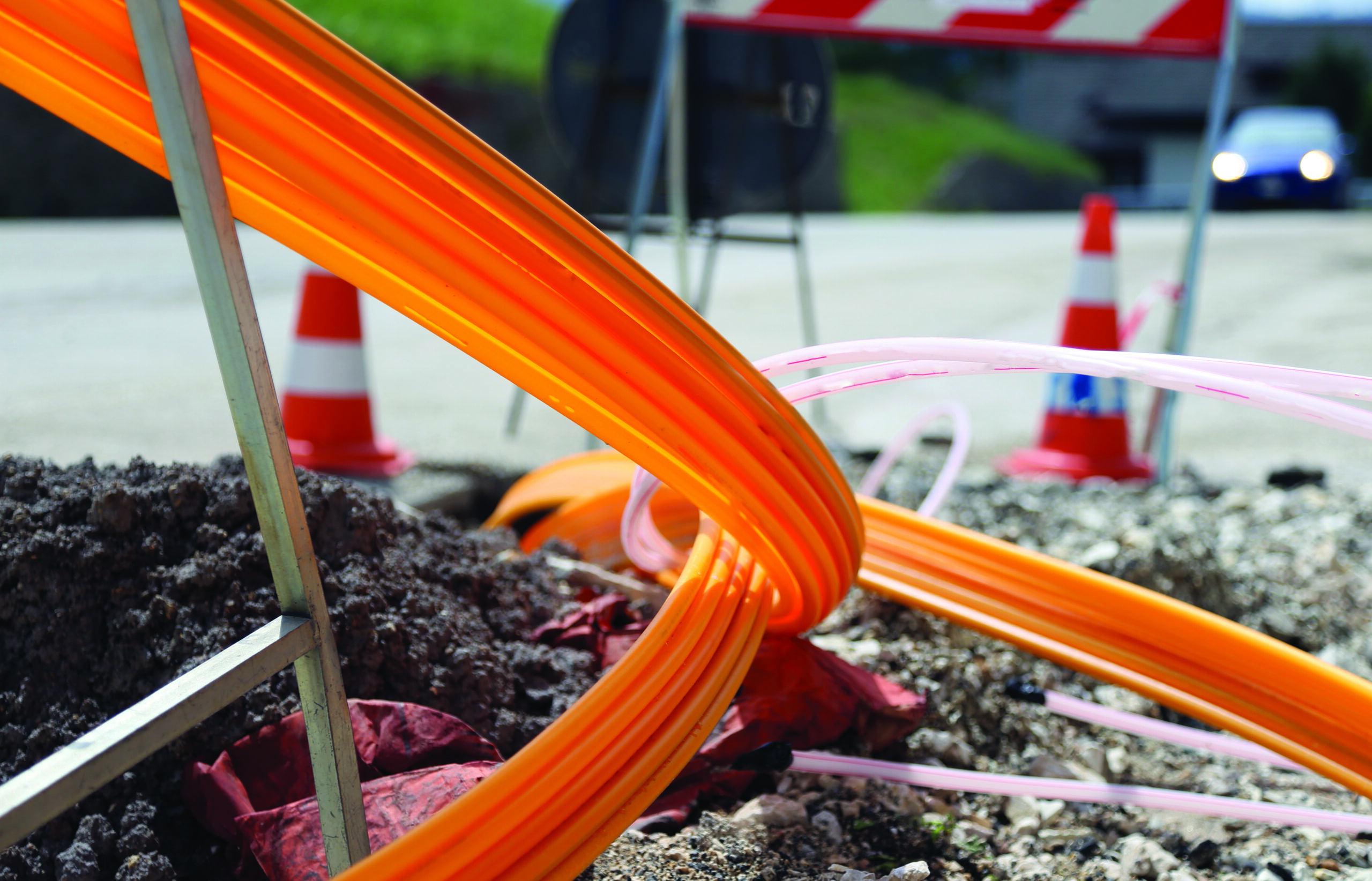HIGH-LEVEL DESIGN AS THE FIRST STAGE IN NETWORK PLANNING CAN PREPARE YOU FOR REGULATORY, GEOPHYSICAL, AND DESIGN CHALLENGES PRIOR TO FIBER DEPLOYMENT
By Jay O’Neill, Fiber Program Director, Network Connex, March 20, 2024.
The demand for faster and more reliable broadband internet service continues to grow, driving a market expected to reach $USD18 billion by 2028. US government programs to bring broadband internet to millions of underserved American communities will only add to those demands all at a time when delivering those services is more costly and complex than ever.

The key to delivering that connectivity is high-capacity, high-performing fiber optic cable routes. Partnering with a recognized expert for careful network planning in pre-deployment phases can make the difference between a successful implementation and a frustrating series of change orders, cost overruns, and project delays.
Dealing with multiple terrains and environments
Whether man-made or natural, the physical challenges involved in installing fiber networks add layers of complexity to each project. Fiber providers building a new route have to consider bridges and highway crossings, regulatory compliance, and natural barriers.
When placing underground fiber, the complexities multiply. For example, metro areas like Chicago or New York are among the most difficult places to engineer underground fiber. A large volume of cabling and existing vaults with limited capacity may challenge logical route design. ROW and permitting challenges can also vary widely from urban to exurban areas.
Difficulties extend to rural areas, which pose their own set of challenges. Building or extending fiber networks through mountains, valleys, deserts, or forests means creating aerial or underground solutions for each environment. High-level design can identify logical fiber routes to minimize the cost and impact of geographic challenges.
Delivering internet for all
42 million Americans have no access to broadband internet, especially in rural areas that are either underserved or unserved. Government programs such as the Broadband Equity, Access and Deployment (BEAD) program are committed to connecting more people to the internet and ensuring minimum speeds.
Working against the clock
As funds are awarded, recipients need to know all the challenges lurking in a new fiber build. Including a high-level design engagement in network planning helps evaluate risks and conditions that could affect timeline and budget so customers can prepare for success.
Upfront planning that includes GIS data and Right of Way (ROW) research can uncover ways to streamline the permitting process, cutting the time and cost of construction.
Reducing latency over the long haul
Low latency is a critical requirement whether connecting data centers or bringing the internet to sparsely populated areas. Long-haul fiber routes can cover distances over 60 miles, but the more fiber you install, the more potential for signal delay.
To minimize latency, fiber network designers factor in geographical and regulatory barriers to find the shortest route between connection points. They also consider the best locations for fiber splices to create a continuous communication pathway.
Design and engineering services to the rescue
In addition to GIS and ROW research, we conduct feasibility studies that include potential route maps and site surveys to suggest the best approach to reduce latency on the routes.

Upfront planning pays off
When asked by the Fiber Broadband Association how deployment costs had changed from 2022 to 2023, 79 percent of industry professionals reported that costs had increased by at least 10 percent. Rising prices means that understanding and optimizing the cost of building fiber networks is more crucial than ever.
Determining a realistic scope and budget
As part of our high-level design service, we do a thorough analysis of the project to calculate the effort and cost involved. This ROI estimation process occurs early in the project lifecycle and serves as a strategic planning guide.
For example, there is a large cost difference between aerial and underground fiber deployments, with underground installations costing more than double that of aerial deployments. Knowing where to use each gives you more visibility and control over the budget.
The power of pilots
Once deployment has begun, no one wants to discover problems that will reverberate across the entire implementation. When customers partner with Network Connex to build a fiber route, we often recommend starting a project with a small pilot. This helps to avoid delays and penalties, sets correct expectations, and builds confidence in the project right from the start.
Value engineering delivers true success
The most successful projects deliver value beyond the expected scope of work. A high-level fiber design provides a roadmap for meeting your goals, whether you measure success by network miles or number of subscribers.
For long haul or middle-mile fiber design, Network Connex’s value engineering approach helps your budget go as far as possible. Our experts work collaboratively with each other, and as an extension of your team, to deliver a successful fiber deployment.
Learn more about how our full suite of fiber network services—including high-level fiber design—can help you deploy a successful fiber route.